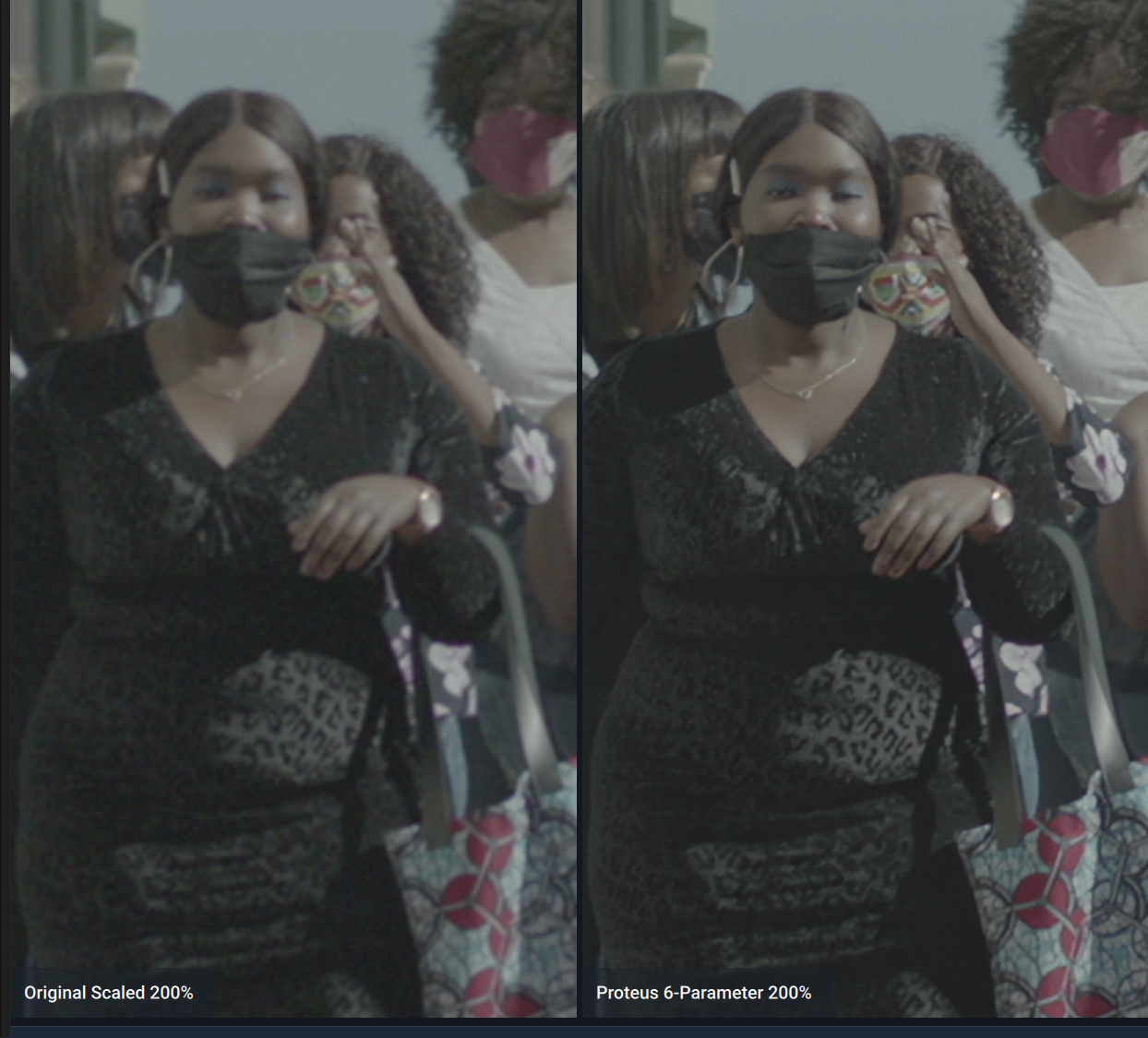

Even a fairly recent fast 4 core i7 laptop with 16GB of RAM but either Intel graphics or a discrete graphics card with just 2GB of video RAM does not provide a satisfying experience with some of the AI tools. Furthermore they are all very important where previously you could compromise on cores and graphics card and still get a good experience.

With the AI tools it is graphics card, system RAM CPU Speed, CPU Cores. While video card performance has become an increasing factor in smoothness of the post processing flow over the last few years, it was always, in order of importance, total system RAM, CPU speed, CPU Cores, graphics card. In general I am finding that for the first time in digital still photography, the video card is by far the dominant factor in performance. Also in a stack of Topaz Studio adjustments, place it last and disable it (click on the eyeball icon in the tool) until you are ready to render the image out of Studio to prevent it from recalculating with every single adjustment you make inside Studio.ĭoing a little more testing for my client base on the Topaz stuff. Under no circumstances would I recommend running these in CPU mode - it can make a 20 second operation into a 20 minute one even with a modern i7 processor.Īnother tip is to run the AI Clear version included in Topaz Studio rather than the one that is an option in Denoise AI - it is literally 10 times as fast on some computers and works reasonably well even on older computers. Older computers with older graphics cards will be relatively slow to run these tools. These tools really come into their own for speed with a modern video card with 8GB of RAM as they are incredibly computationally intensive. If your graphics card has less than 4GB of video RAM do not expect really great performance. We have discussed this elsewhere on NSN but to repeat, go into each of the AI applications' preferences and make sure that GPU with maximum memory usage is enabled. Now shut down Photoshop and restart and they will be there.Īnother issue people are running into with the AI tools is incredibly slow performance, especially on mobile computers and moreso with ATI card Macs than others (including Intel embedded graphics). To enable this, go into Photoshop and under Preferences > Plugins enable "Additional Plug-ins folder" and then just navigate to the Topaz folder under Programs or Applications on your computer. The second problem is that even once installed, sometimes they don't show up in the Photoshop Filters Panel. Just double click on them there and it will proceed with the install. The program is still on your computer and you simply need to go to the Downloads folder and you will find it there - the file names are pretty obvious. When downloading, if you don't launch the DL's program right away from the DL notification tab at the bottom of your browser, it disappears (that's true for all downloaded content).

#Topaz video enhance ai very slow windows
Here are the two main things people are missing and it's about 95% from Windows users: I am getting at least a half dozen emails a day from people having trouble installing the Topaz stuff after buying.


 0 kommentar(er)
0 kommentar(er)
